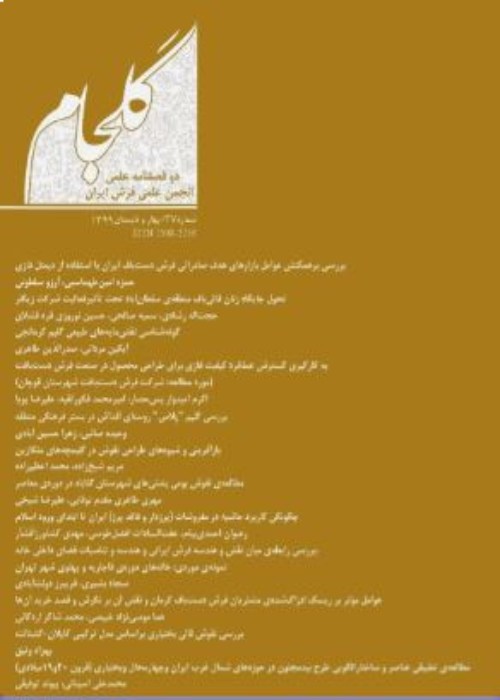A Model for Product Development Process with an Approach to Agility in the Hand-Woven Carpet Industry Using Grounded Theory Methodology
The hand-woven carpet industry has faced many challenges due to internal and external factors. The use of scientific and pre-planned methods through which the impacts of these factors can be mitigated or eliminated can lead to the prosperity of this influential industry on culture, economy, and social life. Presenting a model for product development is one of these scientific methods. The product development model is used to ensure the realization of customers' demands and satisfaction regarding the product and procedures, increase quality and reduce the wastage from the phase of collecting customers' requirements to the production phase and delivery of the product to the end-user, and even supervision over after-sales services and collection of the feedback, patterns, standards, procedures, and methods. On the other hand, the process of development and production of the new products has undergone great changes due to the increase in global risks, the fast changes in customers' needs and wants, and the increased risk-taking, which has focused the attention on agility strategies in production procedures. The present study seeks to present an exclusive product development model for the Iranian hand-woven carpet industry adopting an agility approach. The study first conducts desk research to investigate goods and service development models and agile production models and proceeds to filter the indicators extracted from the studied models using expert opinions and fuzzy Delphi technique, the result of which is the compilation of 47 indicators selected by the experts out of the 147 total indicators. Afterward, measures were taken to achieve specific indicators since hand-woven carpet production is different from most other industries in nature. For this purpose, open-ended interviews and theoretical saturation (snowball technique) were used to collect new data through interviews with experts. The interviews continued to the point of theoretical saturation. In the next stage, the grounded method was used to extract codes from the open-ended interview transcripts, the result of which was the compilation of 31 new indicators. Eventually, the indicators obtained from the two methods were integrated and the exclusive model for this industry was developed using the Atlas. ti v.8 software. The final model is made up of eight main dimensions, seven sub-dimensions, and 47 sub-indicators.
- حق عضویت دریافتی صرف حمایت از نشریات عضو و نگهداری، تکمیل و توسعه مگیران میشود.
- پرداخت حق اشتراک و دانلود مقالات اجازه بازنشر آن در سایر رسانههای چاپی و دیجیتال را به کاربر نمیدهد.


